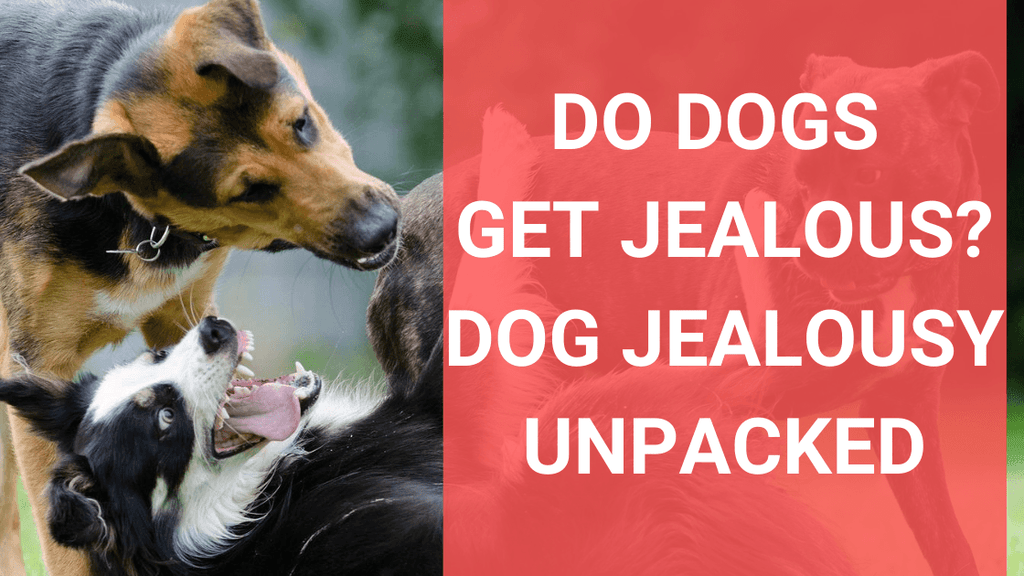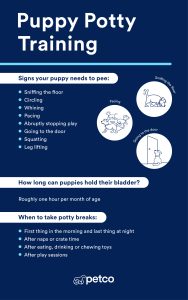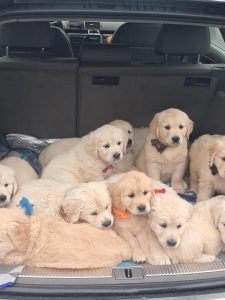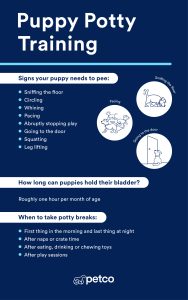Have you ever noticed your dog acting differently when you pay attention to someone else? Maybe your furry friend suddenly becomes clingy, growls, or even tries to get between you and another pet.
This is a classic sign of jealous dog behavior, and it can be confusing and even frustrating for you. Understanding why your dog feels this way and how to handle it can make a big difference in your relationship. Keep reading to discover the reasons behind this behavior and simple steps you can take to help your dog feel secure and happy again.
Signs Of Jealousy In Dogs
Dogs can feel jealousy just like people do. They may show this emotion through their actions and body language. Recognizing these signs helps owners understand their pets better.
Jealous behavior in dogs often appears when they see attention given to others. This can include people, other dogs, or even objects. Knowing what to look for is important for managing this behavior.
Common Jealous Behaviors
Jealous dogs show behaviors that try to get attention or block others. These actions show their feelings clearly.
- Snapping or growling at the person or pet getting attention
- Trying to push between you and another dog or person
- Whining or barking more than usual
- Destroying toys or items belonging to others
- Following you closely and refusing to leave your side
Body Language Clues
Dogs use their bodies to express feelings. Jealousy can show in many ways through their posture and movements.
| Body Language | What It Means |
| Stiff body and raised hackles | Alert and possibly upset |
| Avoiding eye contact or turning head | Feeling uneasy or insecure |
| Low growling or lip licking | Warning or stress signal |
| Tail held low or tucked | Nervous or submissive |
| Jumping up or pawing | Seeking attention quickly |
Triggers For Jealousy
Certain situations often cause dogs to feel jealous. These triggers can be from people, pets, or objects.
Common triggers include:
- You giving attention to another pet or person
- Introducing a new animal into the home
- Playing with toys or objects the dog likes
- Ignoring the dog during social events
- Changes in daily routines or care

Credit: www.petscare.com
Causes Of Canine Envy
Dogs can feel jealous just like humans. Understanding why this happens can help manage their behavior.
Canine envy often stems from their interactions and environment. Knowing these causes helps improve a dog’s well-being.
Resource Guarding
Dogs may guard their food, toys, or space. They feel threatened when others come near these resources.
This behavior is a way to protect what they value. It can cause tension with other pets or people.
- Food bowls can trigger guarding
- Favorite toys often cause conflicts
- Personal spaces like beds are common
Attention Seeking
Dogs love attention from their owners. Jealousy arises when they feel ignored or when attention is given to others.
This behavior can lead to destructive actions. Dogs may bark or act out to regain focus.
- Barking for attention
- Jumping onto laps uninvited
- Interrupting interactions with others
Social Dynamics
Dogs are social animals. They form hierarchies and relationships that can lead to jealousy.
Changes in the social order, like a new pet, can disrupt their comfort. This may trigger jealous behavior.
- Introduction of new pets
- Changes in family structure
- Competing for social status
Impact On Dog Behavior
Jealousy can change how a dog acts around people and other pets. It often causes stress and confusion in dogs.
Understanding this behavior helps owners manage their dog’s feelings and actions better.
Aggression And Anxiety
Jealous dogs may show aggression to protect their owners or toys. They feel anxious if they lose attention.
This anxiety can cause growling, barking, or snapping at others nearby.
- Growling when someone approaches the owner
- Snapping at other pets or people
- Restlessness and pacing
- Excessive barking or whining
Disruptive Actions
Jealous dogs may act out by stealing objects or interrupting family activities. They want to get attention.
They might push between people or knock things over to be noticed.
- Jumping on people frequently
- Taking toys or items away
- Barking loudly during quiet times
- Destroying household items
Effects On Training
Jealousy can make training harder because the dog may ignore commands. They focus on getting attention instead.
The dog might become distracted or refuse to obey during training sessions if jealousy is strong.
- Reduced focus during lessons
- Ignoring commands to seek attention
- Increased frustration for trainer and dog
- Slower progress in learning new behaviors
Preventing Jealousy In Dogs
Jealousy in dogs can cause stress and bad behavior. It happens when dogs feel left out or ignored.
Preventing jealousy helps keep your dog happy and calm. You can use simple ways to avoid it.
Balanced Attention
Give each dog equal time and love every day. Avoid focusing only on one dog in the family.
Watch your dog’s behavior to see if it needs more attention. Play, pet, and talk to your dog often.
- Spend one-on-one time with each dog
- Share toys and treats fairly
- Include all dogs in family activities
Consistent Routine
Dogs feel safe when life is predictable. Keep feeding, walks, and playtime on a schedule.
Changes can cause stress and jealousy. Try to keep daily routines steady for all your pets.
- Feed dogs at the same times daily
- Walk dogs together or at set times
- Set regular play and rest periods
Positive Reinforcement
Reward good behavior with treats and praise. This helps dogs feel happy and confident.
Ignore jealous actions like barking or pushing. Praise calm and friendly behavior instead.
- Give treats for sharing and waiting
- Use calm words to praise good actions
- Reward dogs when they play nicely together
Managing Jealous Behavior
Dogs can feel jealous when they want attention or resources. This behavior can cause stress for both dogs and owners.
Managing jealousy helps your dog feel safe and loved. It also keeps your home calm and happy.
Redirecting Attention
When your dog shows jealous behavior, gently redirect their focus. Give them a toy or start a fun activity.
This shift helps your dog stop feeling upset and keeps their mind busy with something positive.
- Offer a favorite toy or chew
- Invite your dog to play a game
- Give gentle petting or praise
- Move your dog to a calm spot
Training Techniques
Use simple training to reduce jealous actions. Teach your dog to wait calmly for attention or treats.
Practice short sessions often. Reward good behavior to encourage patience and self-control.
- Teach “stay” and “wait” commands
- Reward calm behavior with treats
- Ignore jumping or barking for attention
- Keep training sessions short and fun
Using Commands Effectively
Clear commands help your dog understand what you want. Use a firm but kind voice to give orders.
Repeat commands consistently. Praise your dog when they obey to build trust and good habits.
- Use simple words like “sit,” “stay,” and “come”
- Give commands before giving attention or treats
- Be patient and consistent with your tone
- Reward immediately after the command is followed

Credit: www.youtube.com
When To Seek Professional Help
Jealous dog behavior can be tricky to manage on your own. Sometimes, the problem grows worse if left unchecked. Knowing when to get help keeps your dog happy and safe.
If your dog’s jealousy leads to aggression or anxiety, it is time to talk to a professional. They can guide you with the best steps to take.
Behavioral Therapy Options
Behavioral therapy helps dogs learn new ways to react. Therapists use training to reduce jealous actions and build trust.
- Desensitization to triggers that cause jealousy
- Counter-conditioning to change negative responses
- Positive reinforcement for calm behavior
- Structured socialization with other pets
Veterinary Advice
Your vet can check if health issues cause jealousy. Sometimes pain or illness makes dogs act differently. Vets may also suggest medicine to ease anxiety.
| Reason to Visit Vet | Possible Action |
| Sudden jealousy behavior | Health exam and tests |
| High anxiety levels | Medication or calming aids |
| Behavior linked to pain | Treatment for underlying illness |
Specialized Training
Special trainers focus on difficult jealousy cases. They teach owners how to handle tough moments and keep dogs calm.
Important training methods include:
- Impulse control exercises
- Obedience commands to redirect attention
- Creating positive experiences with family members

Credit: www.youtube.com
Frequently Asked Questions
What Causes Jealous Dog Behavior In Pets?
Jealous dog behavior often stems from seeking attention or feeling insecure. Dogs may act out when they perceive a rival for their owner’s affection. Understanding these triggers helps manage and reduce jealousy effectively.
How Can I Stop My Dog From Being Jealous?
To stop jealousy, give equal attention to all pets. Reward calm behavior and avoid reinforcing possessiveness. Consistent training and positive reinforcement teach your dog to feel secure and valued.
Is Jealous Behavior Normal In Dogs?
Yes, jealousy is a common emotion in dogs. It shows their desire for social bonds and attention. Recognizing this helps owners respond with patience and proper training.
Can Jealous Dogs Harm Other Pets?
Jealous dogs may growl, snap, or act aggressively toward others. Early intervention and training are crucial to prevent harm and ensure a peaceful household.
Conclusion
Jealous dog behavior can cause stress for pets and owners alike. Understanding why dogs feel jealous helps us respond with care. Dogs want attention and love, just like people. Giving each dog time and praise can reduce jealousy. Training and patience build trust and calm feelings.
Remember, jealousy is natural but manageable with kindness. Stay calm, be consistent, and watch your dog grow happier. Small steps make a big difference in your dog’s behavior.

Emily Barker is the founder of ChillDogLife.com, a space dedicated to helping pup parents discover the best dog products, lifestyle tips, and cozy ideas for happier homes.
A lifelong dog lover, Emily combines her passion for pets with a knack for research to share trusted recommendations on everything from toys and furniture to health and everyday care.
Her goal is simple: to make life easier, stylish, and more joyful for dogs and the people who love them.







